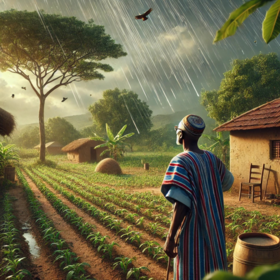
Ghana’s Indigenous Intel Challenge [BEGINNERS ONLY]
Helping Ghana, Algeria
and 53 other countries
and 53 other countries
- Ghana
- Algeria
- Angola
- Benin
- Botswana
- Burkina Faso
- Burundi
- Cameroon
- Cabo Verde
- Central African Republic
- Chad
- Comoros
- Congo (Republic of the)
- Congo (Democratic Republic of the)
- Djibouti
- Egypt
- Equatorial Guinea
- Eritrea
- Eswatini
- Ethiopia
- Gabon
- Gambia
- Guinea
- Guinea-Bissau
- Côte d'Ivoire
- Kenya
- Lesotho
- Liberia
- Libya
- Madagascar
- Malawi
- Mali
- Mauritania
- Mauritius
- Morocco
- Mozambique
- Namibia
- Niger
- Nigeria
- Rwanda
- Sao Tome and Principe
- Senegal
- Seychelles
- Sierra Leone
- Somalia
- South Sudan
- South Africa
- Sudan
- Tanzania
- United Republic of
- Togo
- Tunisia
- Uganda
- Zambia
- Zimbabwe
- Scroll to see more
$2 500 USD
Challenge completed ~2 months ago
Prediction
910 joined
565 active
Start
Aug 14, 25
Close
Oct 12, 25
Reveal
Oct 12, 25